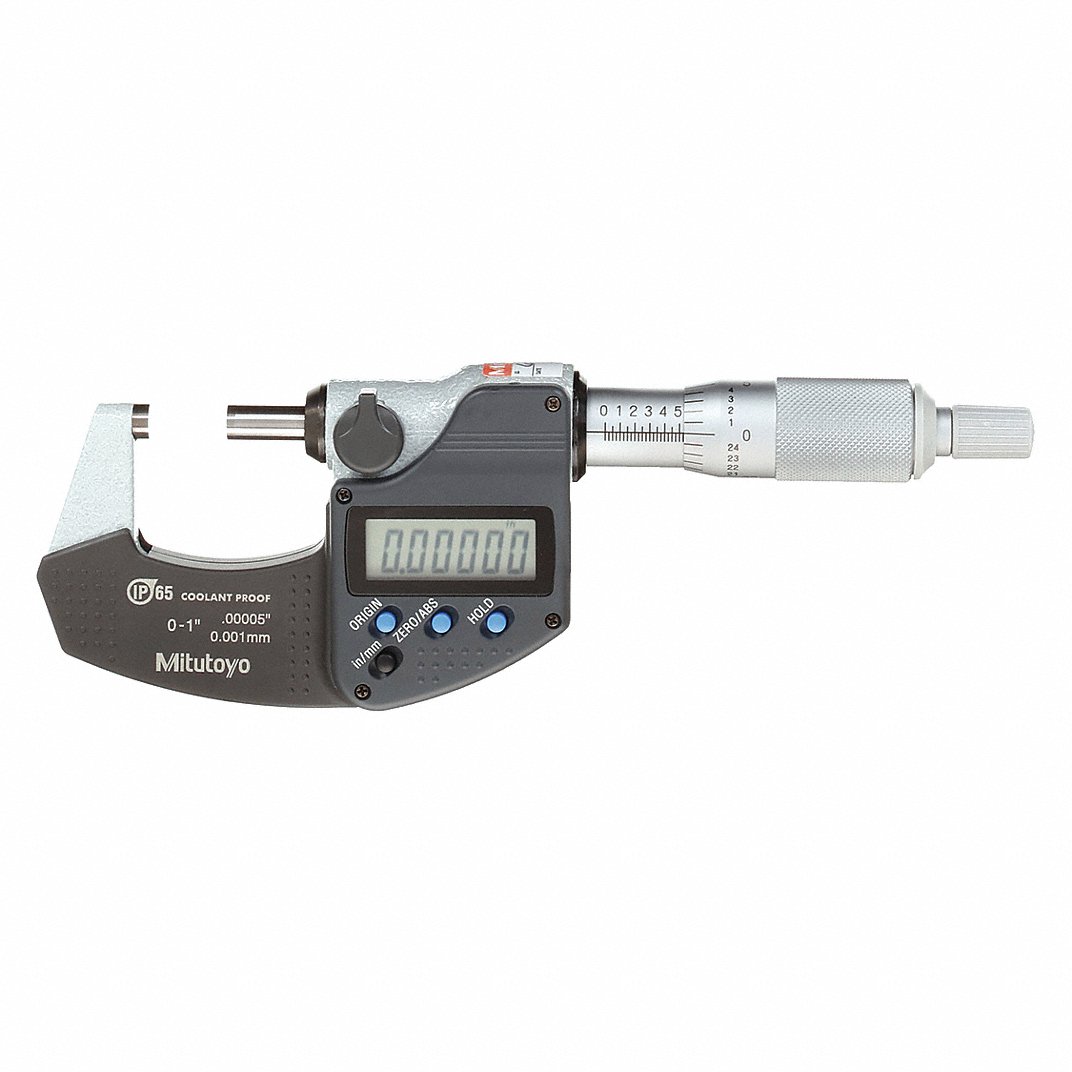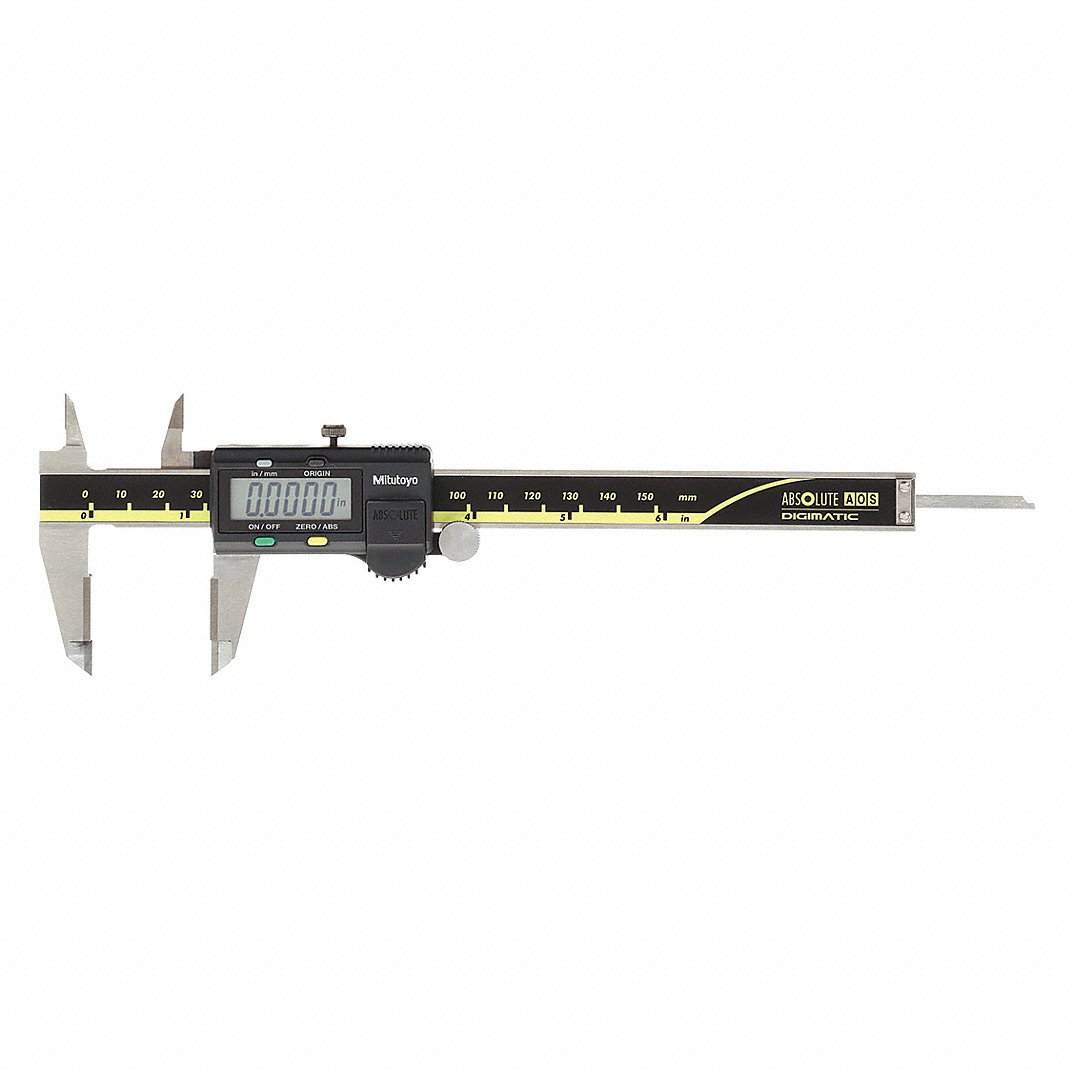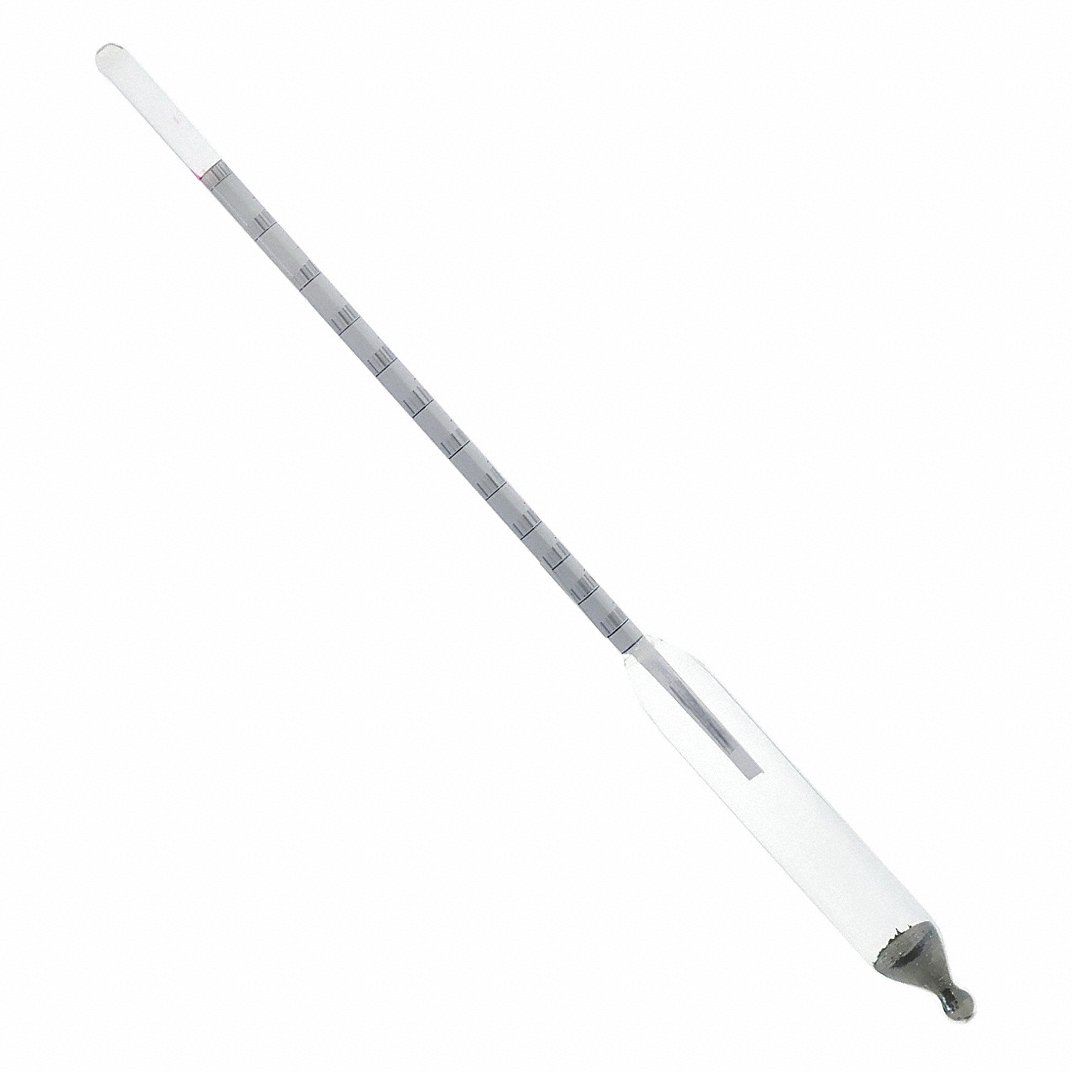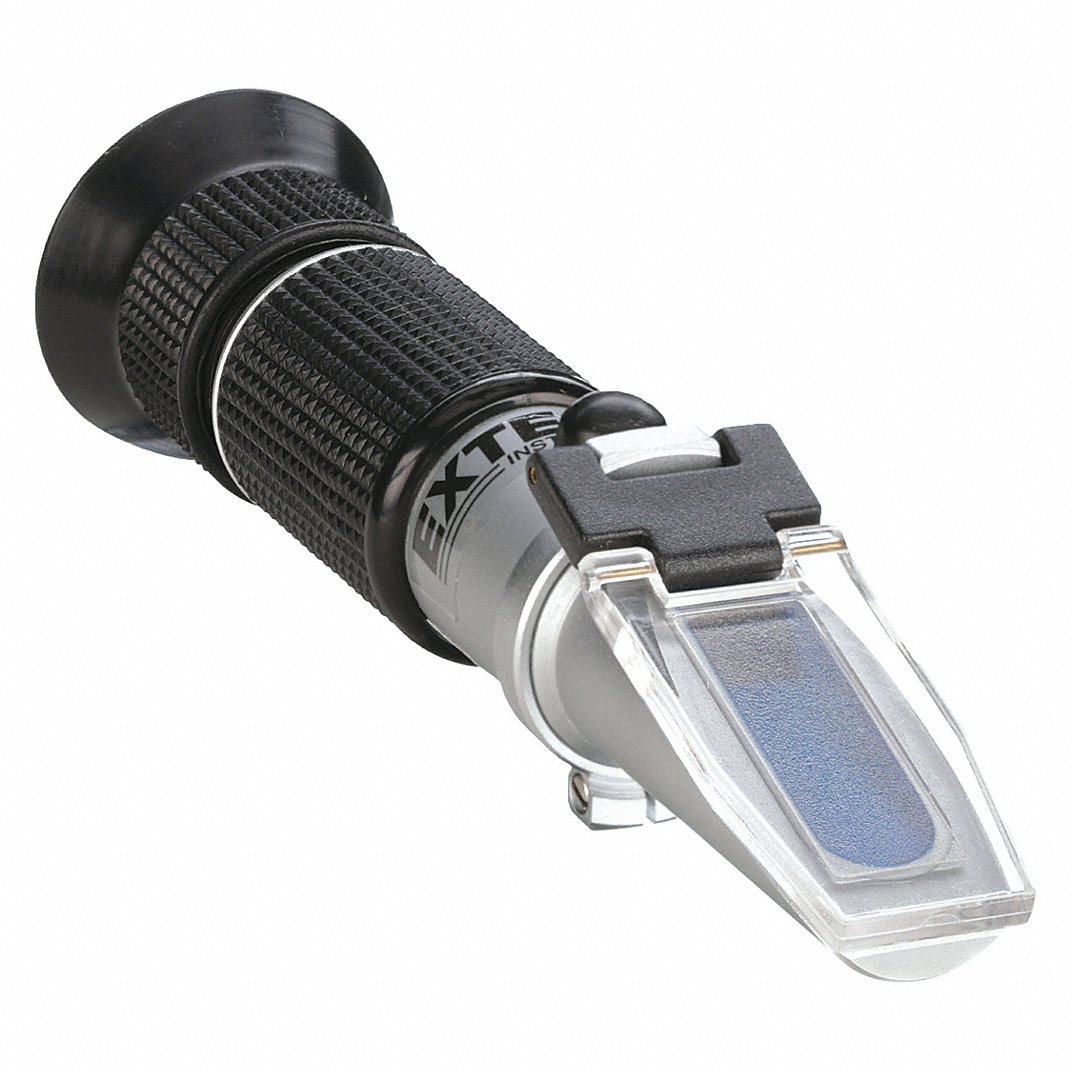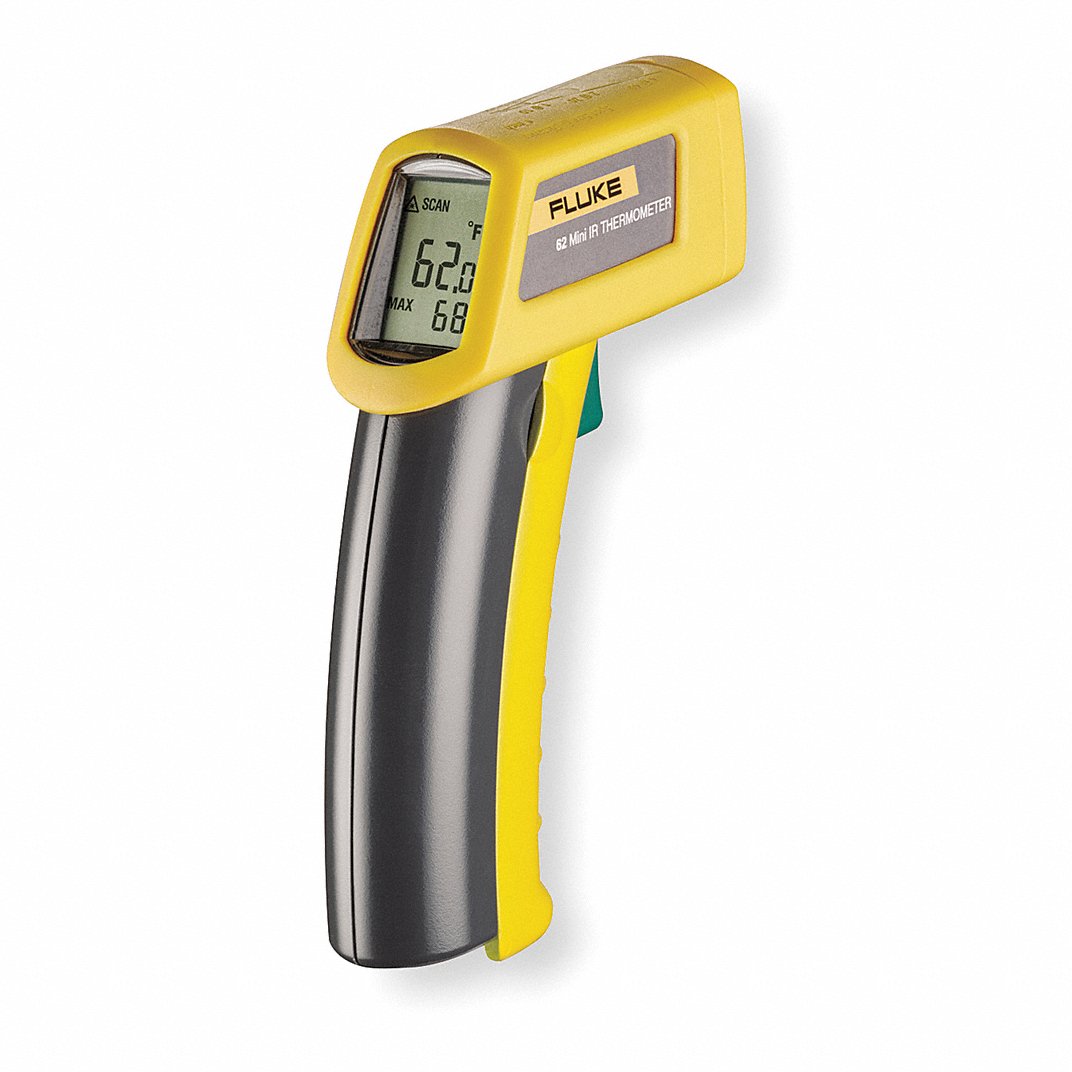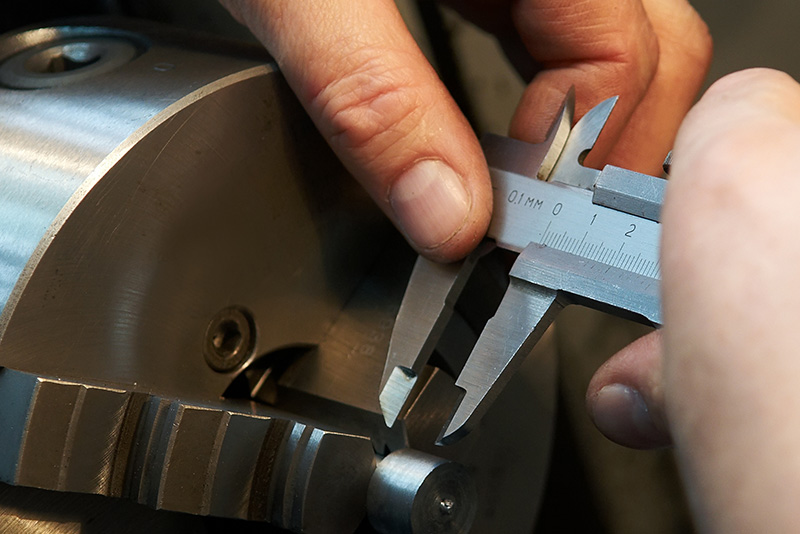

Precision Measurement: Guide to Calipers
By Grainger Editorial Staff 12/1/21
Calipers are precision tools that measure the distance between two points, a gap, an object’s thickness or any dimension that requires a high level of precision. The range and accuracy specifications for all types of calipers vary quite a bit, so when choosing a caliper, be sure you have a tool with an adequate range of measure and appropriate accuracy for the level of precision the job requires.
The primary categories of calipers include dial, digital, layout and spring, and vernier. All four categories perform outside (external and diameter) measurements. Others handle inside, step and depth measurements. Calipers that take each kind of measurement are also known as 4-way calipers. Here's a quick overview of each category of caliper and how they are used.
Dial Calipers
Dial calipers have adjustable jaws that slide along a beam to measure between opposite sides of an object. The dial displays measurements of the inside and outside lengths and diameters in inches or metric units.
| Jaw Material | Application |
|---|---|
|
Hardened or Stainless Steel |
Appropriate for most general purpose and heavy duty applications. |
|
Lightweight |
Non-magnetic, are resistant to corrosion and commonly used in light production, laboratories, and woodworking shops |
|
Wear-Resistant Carbide |
A good choice for repeated use on abrasive materials and workpieces |
Digital Calipers
Digital calipers are similar to dial calipers in that they also have adjustable jaws that slide along a beam to take measurements between opposite sides of a tool or part. However, digital calipers feature LCD displays that make reading and recording results easier and more reliable.
Digital calipers with SPC output make it possible to send data to a computer with a push of a button. Digital calipers without SPC output also feature the LCD display but are a more economical option if SPC output isn’t needed.
General-purpose digital calipers are not for use in harsh environments where they could be damaged by liquids or particle contaminants. For harsh environments, look for the Index of Protection or IP-rated tools. Calipers with ceramic-tipped jaws are used on abrasive or magnetic materials. Calipers with carbide-tipped jaws are for rough surfaces.
Layout and Spring Calipers
Layout and spring calipers have two adjustable legs. Calipers with legs extending outward are for inside measurements, while calipers with legs that are pointed inward are for outside measurements. Distance between the legs is measured with a ruler or other measuring tool. Hermaphrodite calipers, also called odd-leg or jenny calipers, have different style legs that meet at a firm joint nut. One leg is solid with an inward-facing contact point, and the other is shorter and mounts to an adjustable scriber point.
| Style | Application |
|---|---|
|
Outside Spring and Firm Joint |
Caliper is adjusted until the legs make contact with an external diameter, groove, or other feature and are locked in place. The distance between the legs is then measured with a ruler or high-precision gauge. Used to take indirect measurements in metalworking and machining. |
|
Inside Spring |
Jaws are adjusted and the outward-facing contact points on the ends of the legs and the distance between the contact points is measured. They are commonly used to take indirect inside measurements in metalworking, machining, and woodworking applications. |
|
Hermaphrodite |
Odd leg calipers are used for scribing lines to mark off a constant distance from an edge. They are also used to locate the center of a round or square section of steel. |
|
Layout and Scribing |
Also known as compasses, these calipers are used where marking is done by hand. |
Vernier calipers are similar to dial calipers, but without the dial. They have sliding jaws on a graduated beam and require calculations to find a final measurement.
Find the right caliper you need with the specifications you're looking for. Grainger offers a large selection of calipers, as well as parts and accessories for all your precision measuring needs.
The information contained in this article is intended for general information purposes only and is based on information available as of the initial date of publication. No representation is made that the information or references are complete or remain current. This article is not a substitute for review of current applicable government regulations, industry standards, or other standards specific to your business and/or activities and should not be construed as legal advice or opinion. Readers with specific questions should refer to the applicable standards or consult with an attorney.

